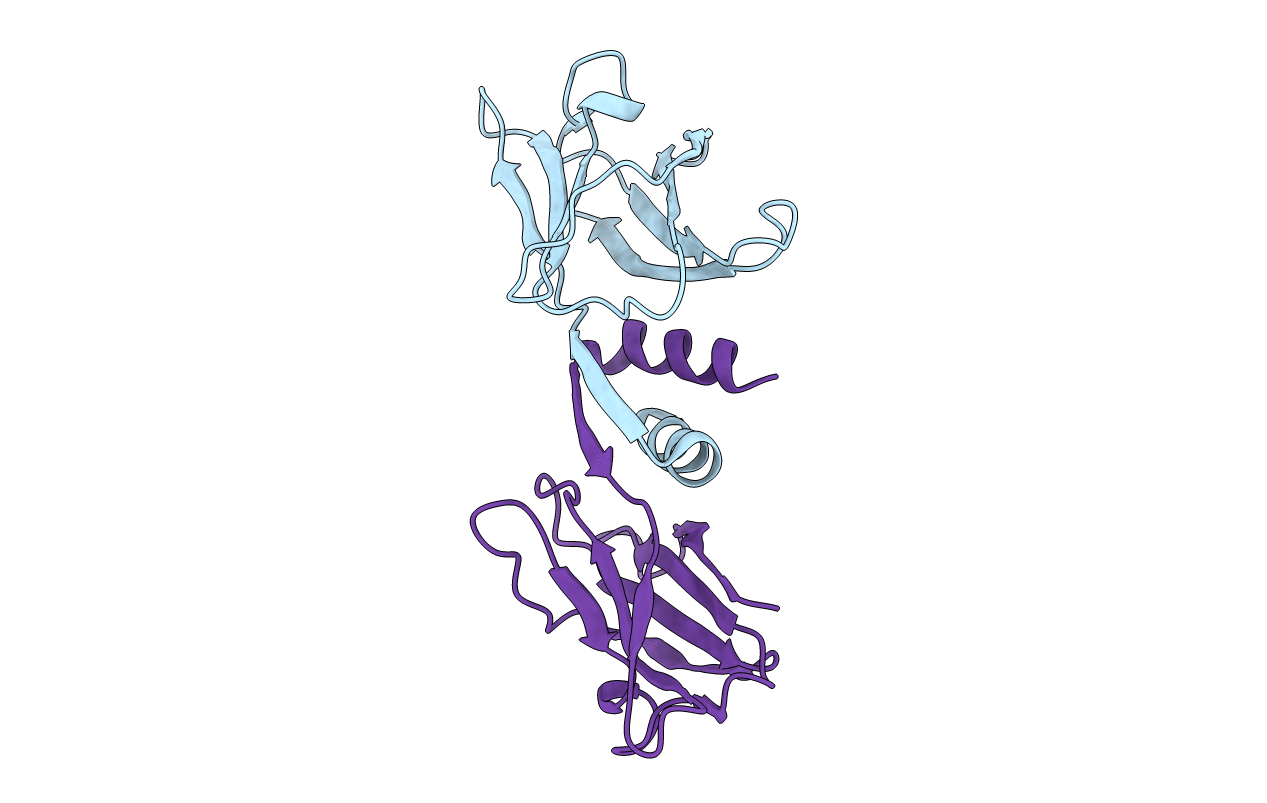
Deposition Date
2003-03-20
Release Date
2003-11-04
Last Version Date
2024-10-30
Entry Detail
PDB ID:
1OSY
Keywords:
Title:
Crystal structure of FIP-Fve fungal immunomodulatory protein
Biological Source:
Source Organism:
Flammulina velutipes (Taxon ID: 38945)
Method Details:
Experimental Method:
Resolution:
1.70 Å
R-Value Free:
0.21
R-Value Work:
0.18
R-Value Observed:
0.18
Space Group:
P 43 21 2


